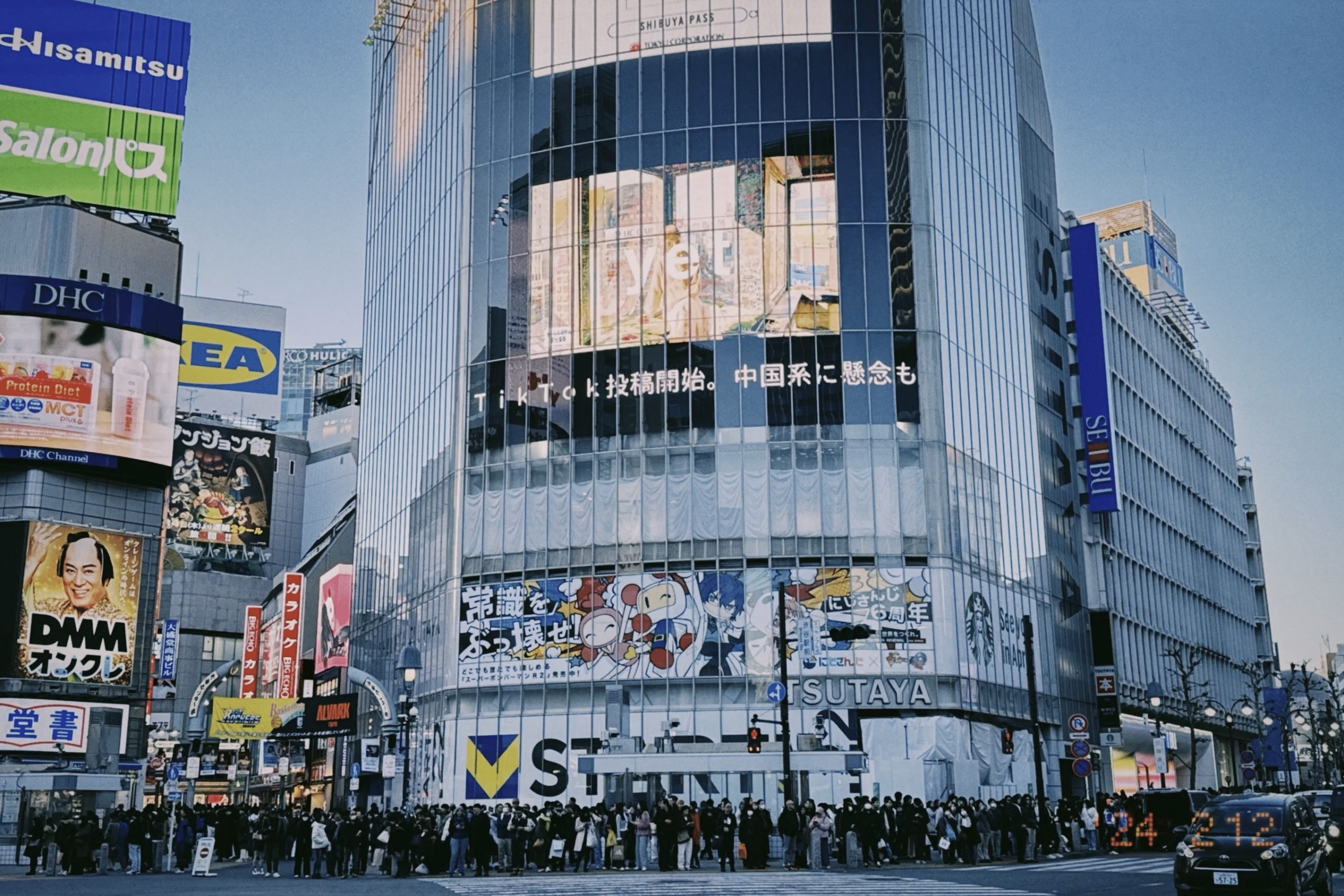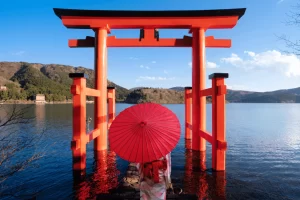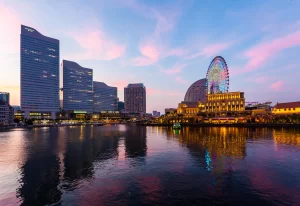Tokyo Transfer Guide: Best Ways to Reach Hakone, Nikko, and Beyond
Ever found yourself asking, “How can I get to the amazing sites around here?” You are staring at a Tokyo map. Perhaps you know of the lovely medieval lanes of Kamakura, the UNESCO-listed temples in Nikko, or the stunning hot springs in Hakone. Once you have absorbed the hustle of Tokyo, though, how can you quickly and effectively get to these locations?
You are, then, in the proper place. Here is all you need to know about the best ways to get to Hakone, Nikko, and beyond. Tokyo could be a wonder in and of itself, but the locations all around it are equally fascinating and much closer than you would have guessed. Whether your trip is to visit temples, unwind in a hot spring, or simply appreciate breathtaking scenery, you will need to know how to use Tokyo’s transportation system to reach these fantastic sites. Let’s explore the best paths, advice, and techniques to simplify your Tokyo travel!
1. Knowing Tokyo’s Transportation System
Although Tokyo’s transportation system is a wonder in and of itself, it may also feel a little daunting when you’re running to get to your destination. From the bustle of Shibuya or Shinjuku, how best to reach the peace and quiet of locations like Hakone and Nikko? It all begins with appreciating the several means of mobility available in the city.
Tokyo has among the most thorough and effective public transit systems available worldwide. The main participants in this system are the train networks: private trains (Odakyu, Keisei, etc.), JR lines (like the Shinkansen), buses, and naturally taxis. Still, the greatest thing about it is once you have it, it’s easy sailing. And believe me, you’ll be surprised at how quickly you could get to locations including Hakone, Nikko, and beyond!
Train Networks: JR vs. Private Lines
Let’s chat about trains. To get to nearby locations in Tokyo, you most likely will be using the JR lines or private railway corporations (Odakyu, Keio, Tobu, etc.). The main distinction between these two is that, should you have a JR Pass, the JR lines—which circle the city—are part of the national JR network and can be used. Private lines, meanwhile, often provide faster and more picturesque paths to destinations like Hakone and Nikko.
The fastest approach to reach somewhat farther-off cities is by JR Shinkansen. If you choose the correct mix of Shinkansen and local trains, the Shinkansen may, for instance, get you to places like Hakone in less than 45 minutes. For places like Nikko, however, the train journey may not be straightforward, so you will need to mix JR trains with local railway lines.
Private railroads can be more reasonably priced and generally more picturesque. For example, the exceptionally cosy Odakyu Romancecar from Shinjuku to Hakone features panoramic windows. Conversely, the Tobu Railway provides choices for quick and simple transfers together with a picturesque ride from Asakusa to Nikko.
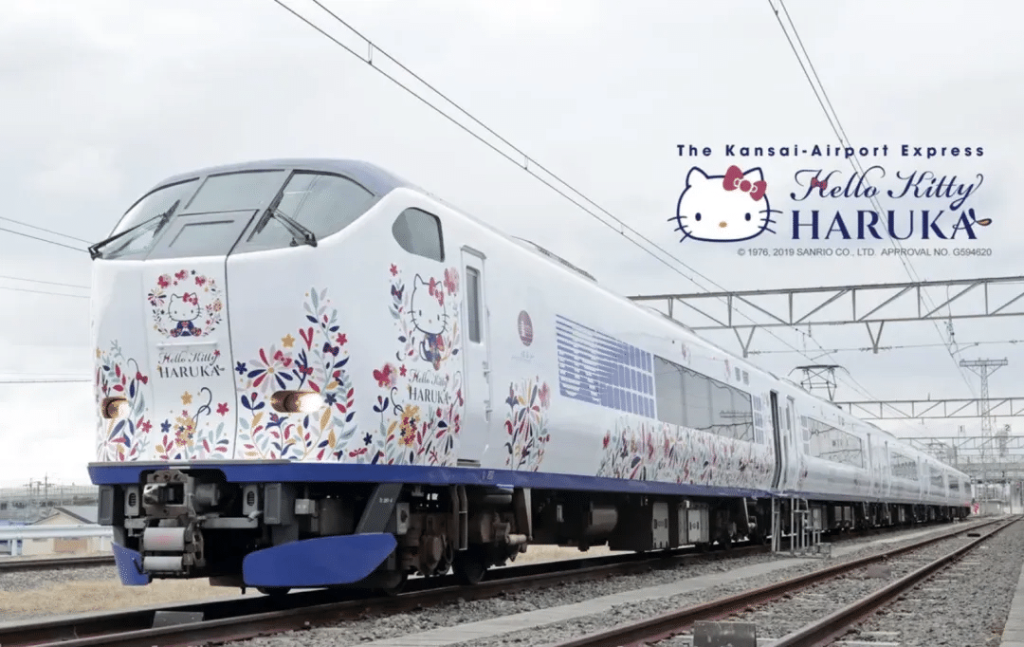
Highway Routes and Buses
Highway buses are a great option if you want a direct route or are heading to a more far-off location. From Hakone, Nikko, and even Kawagoe, highway buses provide a reasonably priced and pleasant means of transportation. For instance, the Hakone Tozan Line presents breathtaking views as it ascends the mountains, while the highway buses from Shinjuku or Tokyo Station provide direct paths to several of the most popular tourist sites.
If you want to avoid the trouble of hopping between several rail lines, buses are also ideal. The trade-off is that, particularly during rush hour, traffic can cause them to take a little longer.
Suica and Pasmo Cards: Your Travel Life’s Saving Tool
Here’s a handy tip: Acquire a Suica or Pasmo card. Most Tokyo transportation options, including trains, buses, and even vending machines, allow these prepaid IC cards. They’re really handy since they let you just touch and go without thinking about specific ticket purchases.
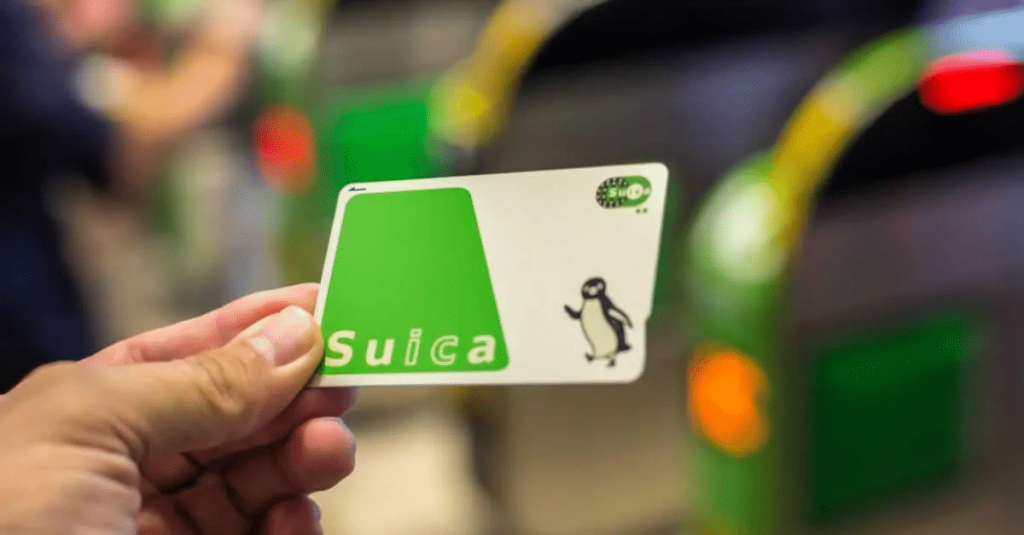
2. Arriving at Hakone from Tokyo
One of the most often used day trips from Tokyo, Hakone is clearly appealing. There is something for everyone from revitalizing hot springs to amazing views of Mount Fuji. How then may one best get to Hakone?
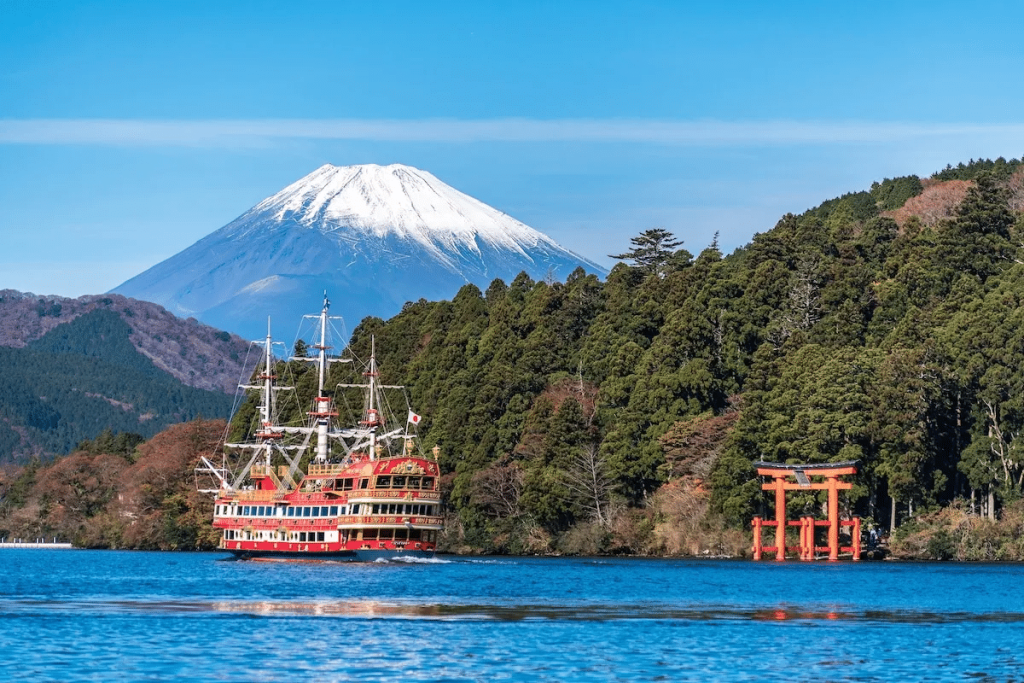
First choice: the Odakyu Romancecar, fast and scenic
From Tokyo, the Odakyu Romancecar from Shinjuku Station is one of the greatest means to get to Hakone. About 85 minutes separate this direct express train from Hakone-Yumoto Station. The Romancecar is a fantastic option since it has reserved seating, panoramic windows (ideal for the picturesque trip), and is really comfy. Moreover, if you have limited time, this is among the fastest routes to the area.
Second choice: Shinkansen plus Hakone Tozan Railway
Should you already intend to ride the Shinkansen—which, to be honest, is always exciting—you can board a Tokaido Shinkansen to Odawara Station and then transfer to the Hakone Tozan Railway. The Shinkansen section lasts just under forty minutes; the local train will carry you into the center of Hakone in fifteen more minutes. If you enjoy Japanese trains, this combo lets you see the more laid-back, picturesque Hakone Tozan Railway as well as the fast Shinkansen.
Third choice: Highway Bus
The highway buses are your best choice if you prefer a straight path with fewer transfers or are on a tight budget. About two hours will pass to get Hakone-Yumoto from Shinjuku Station or Tokyo Station. The benefit of this approach is that you won’t have to bother about changing trains; the drawback is that bus travel may be impacted by traffic.
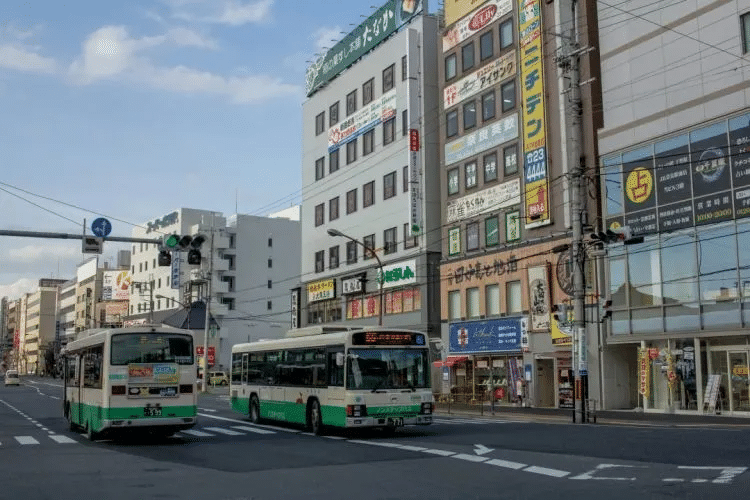
Option 4: Driving to Hakone
Renting a car is another choice if you want flexibility, particularly if you have a lot of bags or are heading with a group. Traffic will affect the roughly 1.5 to 2-hour travel from Tokyo to Hakone. Driving also lets you stop at picturesque locations like Lake Ashi or, if you choose, obtain closer views of Mount Fuji.
3. Getting to Tokyo’s Nikko
Let’s then discuss how to get to Nikko, a magnificent town bursting with temples, shrines, and UNESCO World Heritage Sites. Nikko is most certainly worth the trip given its natural beauty and rich history. How thus may one best get to Nikko?

First option: The reasonably priced and convenient Tobu Railway
From Asakusa Station, the Tobu Railway is the easiest and most often used means of getting to Nikko. About two hours from here, the Tobu Limited Express gets you straight to Nikko Station. This is a really handy path; the train is pleasant with lots of room and views of the countryside as you get to the mountains.
Another option is the Tobu World Heritage Pass, which offers you discounts at well-known Nikko attractions and unrestricted transit on the Tobu lines. If you intend to see several sites, it’s a great approach to save money.
Second choice: JR Shinkansen plus Nikko Line
If you are arriving from Tokyo Station, you can spend roughly half an hour on the JR Tohoku Shinkansen to Utsunomiya Station, then change to the JR Nikko Line for a quick journey to Nikko Station. Although this is more complex than the Tobu Railway alternative, if you would want to travel with JR, this is another excellent choice.
Third choice: Highway Bus
Like Hakone, Nikko is reachable by highway bus. Buses leave Tokyo Station or Shinjuku and will arrive at Nikko in two to two and a half hours. Buses are an excellent choice if you wish to avoid several train changes, even if they are somewhat slower.
Fourth choice: Driving to Nikko
Finally, if you’re game for a road trip, driving to Nikko is a fantastic opportunity to see the countryside of Japan. From Tokyo, the travel takes roughly 2.5 hours; you will be able to explore the stunning surroundings of Nikko at your own speed.
4. Investigating Other Popular Destinations Outside Tokyo
Tokyo is surely a center of modern attractions, but the neighboring neighborhoods are equally fascinating and well worth seeing. From historical towns to calm coastlines, Japan’s surrounding locations provide a great getaway from the bustle of the city. Let’s quickly review the best routes to reach Hakone, Nikko, and beyond—beyond the obvious choices.
Kamakura: The Historical Retreat
Kamakura is a little coastal town rich in history around one hour south of Tokyo. Kamakura is a great day excursion with its Great Buddha and many temples. It’s just around one hour, hence the best way to reach Kamakura is by using the JR Yokosuka Line from Tokyo Station to Kamakura Station—the train ride is a pleasant, picturesque one.
Once you are here, you’ll find it simple to go around by bus or foot. If you enjoy walking, the Kamakura Hiking Trail is a great approach to discover the rich scenery and temples of the area.
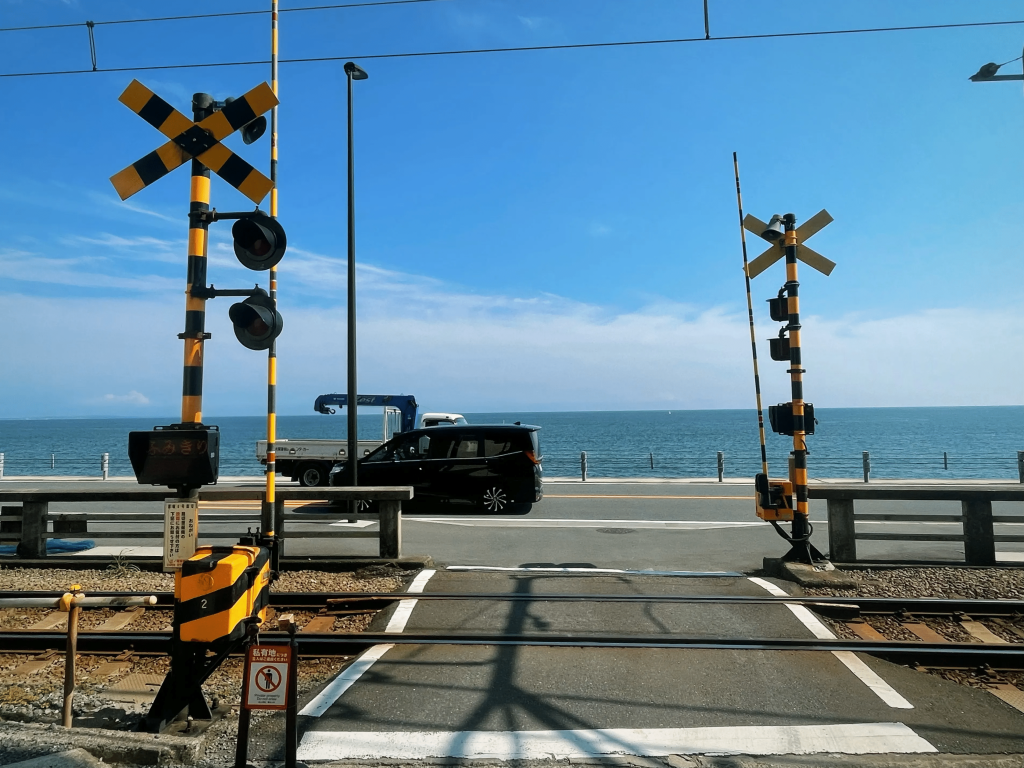
Yokohama: Urban Waterfront Japan
Yokohama is the place to go if you want a metropolitan feel with a waterfront touch. Just 30 minutes south of Tokyo by JR Tokaido Line, Yokohama is well-known for its modern buildings, museums, and the famous Minato Mirai area. Trains from Tokyo Station will reach there quickly.
Particularly with its waterfront parks and Yokohama Cosmo World amusement park, Yokohama is ideal for a blend of urban exploration and picturesque vistas. Best ways to reach Hakone, Nikko, and beyond include Yokohama as a must-see on your Japan itinerary.
Kawagoe: A View into Edo Japan
For something more conventional, visit Kawagoe, sometimes known as “Little Edo,” for its exquisitely maintained Edo-period architecture. If you want to really sink yourself into history, Kawagoe is a great day excursion situated roughly 30 minutes north of Ikebukuro Station by the Tobu Tojo Line. Discover the Kurazukiri street, dotted with historic merchant houses, to experience Tokyo as it once appeared.
For those wishing to go back in time, rail from central Tokyo is the best route to reach Kawagoe; it’s hassle-free.
Mount Fuji: Iconic Peak of Japan
On practically every visitor to Japan’s bucket list is Mount Fuji. Reaching the famous Fuji-san is not as difficult as you would assume. There are lots of ways to appreciate the mountain’s beauty even if you’re not into actually ascending it.
Often the best routes to reach Hakone, Nikko, and beyond are a diversion to Mount Fuji. From Shinjuku Station, a highway bus will carry you to Mount Fuji’s 5th Station, roughly two hours away. Alternatively, if you’re driving from Tokyo, you can use the Chuo Expressway.
From Otsuki Station, think about riding the Fujikyu Railway and stopping at Kawaguchiko Station to enjoy panoramic views of Mount Fuji, visit surrounding lakes, and walk the mountain’s base.
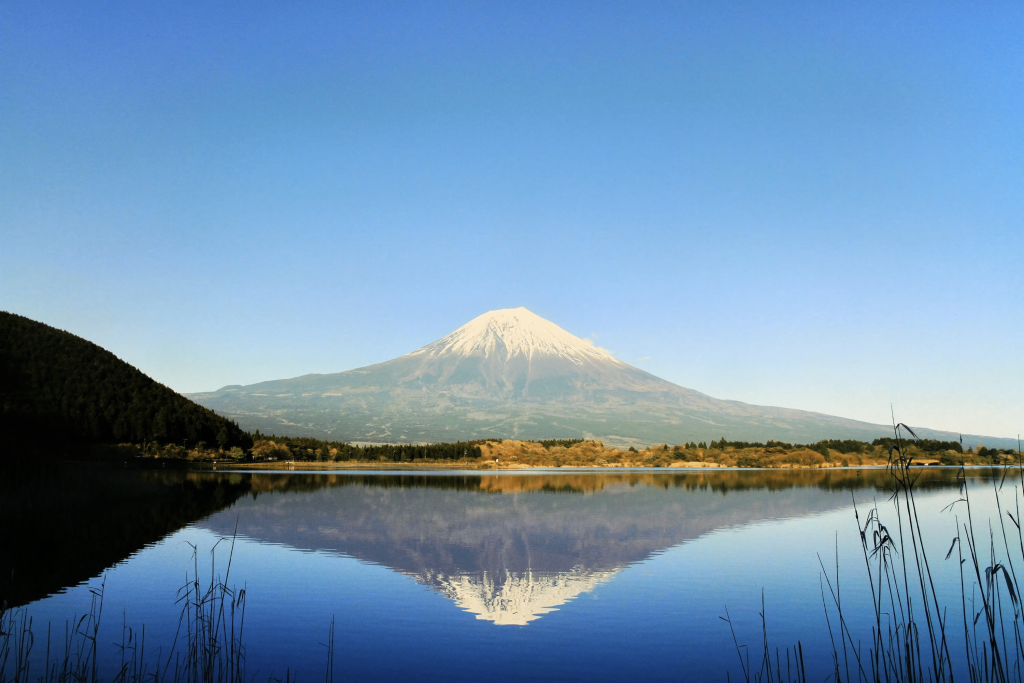
5. Advice for Easy Transfers
Although we have discussed the best ways to get Hakone, Nikko, and beyond, travel is more than just choosing the correct mode of transportation. If unprepared, navigating the stations, purchasing tickets, and making transfers might prove challenging. These suggestions help to guarantee that everything runs without a hitch.
Language Notes: Basic Japanese for Travelers
Although many signs are in English, understanding some Japanese will help your trip go more smoothly. These few important words will assist you in getting about:
- Sumimasen (すみません): I apologize / excuse myself.
- “Eki wa doko desu ka?” (駅はどこですか?): The station is located where?
- “Kippu wa doko de kaimasu ka?” (切符はどこで買いますか?): From whence can I purchase the ticket?
Particularly when seeking directions or in more isolated locations like Hakone or Nikko, where English speakers can be less common, a little Japanese goes a long way.
Exploring Tokyo’s Major Stations
Major Tokyo rail stations like Shinjuku, Shibuya, and Tokyo Station might seem like vast labyrinths. Although JR Lines are the easiest to navigate, be ready to handle crowds and perhaps unclear transfer places. Advance review of the station maps will help you.
For instance, Shinjuku Station boasts several exits and the Odakyu Romancecar leaves the Odakyu Line platform to Hakone. Guide yourself using the English signs at the station or a phone map app.
Travel Cards and Passes
Getting a Suica or Pasmo card will help you simplify your travel. These rechargeable travel cards let you quickly pay for trains, buses, even vending machines in Tokyo and surrounding areas. On most trains headed to Hakone, Nikko, and beyond, they are valid and save you from the trouble of purchasing separate tickets for every trip.
If you intend to use the Shinkansen or travel a lot by train, also take into account acquiring a JR Pass or regional pass. For visitors, these passes are typically reasonably affordable, particularly if you want to use long-distance trains to destinations like Nikko or Hakone.
Luggage Forwarding Policies
Japan boasts a first-rate luggage forwarding system called takkyubin. Send your bags straight to your hotel or lodging if you are heading to Hakone or Nikko and you do not want to carry large suitcases. It’s reasonably priced and rather handy so you may travel light and carefree.
Most major train stations allow you to arrange for luggage delivery; typically, delivery takes one to two days, so be sure you prepare early.
6. Suggestions for Adaptation for Every Destination
Choosing the correct place to stay is just as crucial as choosing your mode of transportation when booking your trip to Hakone, Nikko, and beyond. The following is a brief summary of the best places to stay in these regions.
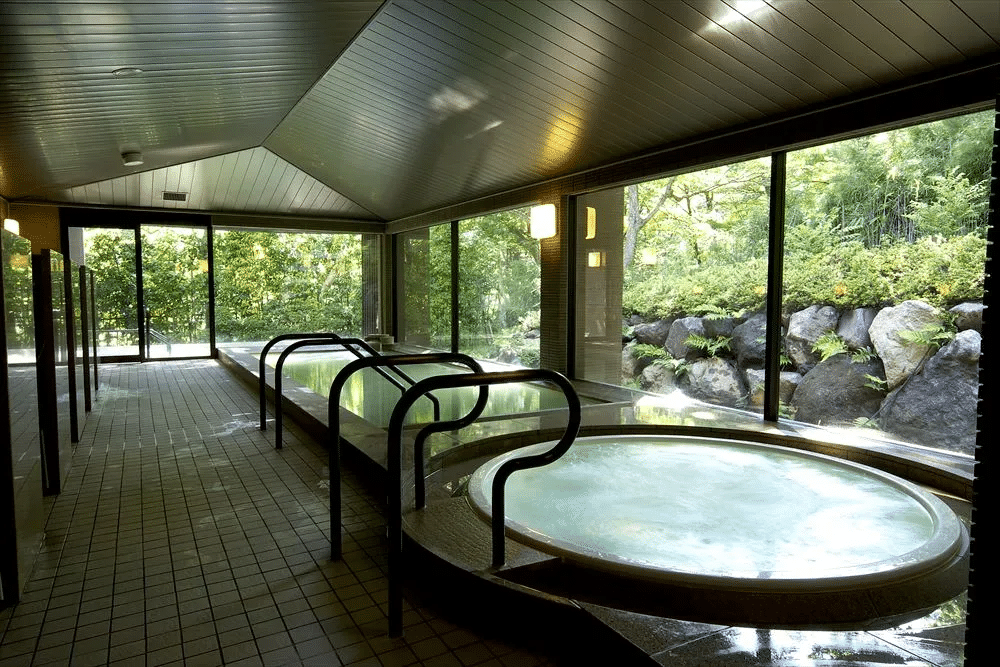
Where to Stay in Hakone
Onsen, or hot spring, resorts at Hakone are well-known. There are lots of choices to fit all budgets whether you prefer a ryokan (Japanese inn) or modern hotel. Stay in a ryokan with its own private onsen for a classic experience, much as those surrounding Hakone-Yumoto or Gora. Near Hakone-Yumoto Station there are guesthouses and cheap hotels if your travel budget is tight.
See Hakone Kowakien Tenyu or Hyatt Regency Hakone Resort for a more opulent accommodation where you may take in breathtaking vistas and a full-service onsen experience.
Where to Stay in Nikko
From ancient ryokan to modern hotels, Nikko provides a selection of lodging choices. Look into Nikko Kanaya Hotel, Japan’s oldest western-style hotel with tasteful rooms and a handy position close to Toshogu Shrine if you’re searching for a lavish stay. Budget visitors will find guesthouses and small motels surrounding Nikko Station a fantastic choice for those wishing to be close to the temples.
If you’re looking for something really unusual, there are also temple stays (shukubo) where you might spend a night at a Buddhist temple, taking in the serene surroundings and even participate in morning prayers.
Where to Stay Beyond Tokyo
There are a range of hotels, ryokan, and guesthouses for various budgets in locations such as Kamakura, Yokohama, or Kawagoe. For a traditional experience, for instance, stay in a charming ryokan in Kamakura or choose a handy business hotel for quick access to the station. Like the Yokohama Bay Hotel Tokyu, which provides outstanding views of Minato Mirai and simple access to surrounding attractions, Yokohama presents elegant hotels on the waterfront.
Your Path Still Ahead!
Knowing the best routes to get Hakone, Nikko, and beyond will help you to start organizing your trip. There is no shortage of amazing locations to explore just outside of Tokyo, whether your trip is to Hakone for its hot springs and views of Mount Fuji, visiting the old shrines of Nikko, or finding quaint locations like Kamakura and Kawagoe.
Keep in mind to make ahead plans, apply those handy travel cards, and take advantage of Japan’s effective transportation network. Remember also to savor the trip itself! Every step of your journey will be a remarkable component of your Japanese experience, from the moment you ride on that Odakyu Romancecar to the time you visit the quiet shrines of Nikko.
So get ready to discover the magic outside Tokyo by packing, boarding a train, and embarking on your journey of discovery.
